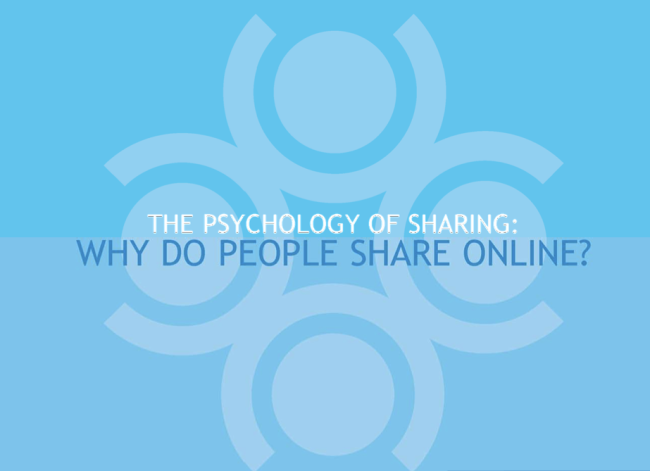In a world where social credibility is proven to increase the effectiveness of advertising (Neilsen Trust in Advertising Report), should the next logical iteration in the social web be that consumers can start to judge (other than just buy our products) the value and worth of the messages they are being served?
It is an interesting concept and one that could pay huge dividends to those that are producing advertising that truly appeals to their target audience, but also competes with the broadcasting and content that it intersperses.

Correlation between top advertiser accolade at Cannes Lions and SharePrice. Source: Jonathan Mildenhall: Why Winning at Cannes is Good for Our Business.
There are some rudimentary versions of this that are becoming more widespread through digital media. But the original incarnation of this empowerment of consumer choice as recipients of commercial messaging that I can think of is Soap Opera’s. In which brands were forced, due to the lack of adverting inventory to create their own content. The challenge being that they also had to generate content that actually appealed to their target audience. A challenge that has been more recently presented in the form of a fragmenting media landscape. In which, it is not the lack of inventory that is the issue, it is the overload of it.Therefore, we have a lack of cognitive attention from consumers, due to their shear choice in media and content as well as access to technologies and software that can assist in them averting advertising pollution.
In saying that the power to influence through good creativity and strong strategy has never had the same potential as any time before this. We as communicators have a wealth of learning’s and knowledge, as well as a multitude of channels and platforms to change consumer opinion and perception. To be able to influence and spread our messages through the consumer stratosphere and create positive valence, as long as our communications tick the right boxes, for the right people.
Alright to the point. Should the media and advertising industry come to terms with the fact that in the future (the very near future), we should expect most media platforms to give consumers the ability to chose the advertising experience and even the specific messages and brands that they want to see. Perhaps even more importantly allow consumers to judge our advertising on the basis of its relevancy, usefulness or entertaining qualities. So, let’s take the first two parts in this equation, which is incidentally already happening in the form of both consumer choice to decide what advertising messages they see and the ability to avert irrelevant or poor quality advertising:

- Think Hulu, chose you own ad experience or Google, that only serves you advertising it thinks might be relevant at relevant times.
- Think YouTube, skip this ad, pre-rolls, iPad on lap whilst watching the television.
Now take that a step further, such as Reddit, and now users can either vote up or down (much like content in the actual platform itself), advertisements that they are being exposed to.
Where can we see this going. Well it puts the onus on advertisers to create content that as in the 40’s would compete and offer value to the consumer over and above the broadcasting that it is set within. Furthermore, for a media owner, think Facebook and their protectionist stance to preserve the consumer experience, in being able to identify advertisers that either diminish consumer experiences or detract form the overall environment the media owner is trying to create. In turn, gives them the ability, through social mechanics to decide, perhaps, whether an advertiser or advertisement should pay a premium for their inventory. Vice-versa, ads that ad value, are relevant and entertaining, pay a lower cost for inventory. As they almost act as a value ad to the media channel that a consumer happens to be on when interrupted.

Would creativity and messaging be taken more seriously if an advertiser could save 30% on their media spends. Perhaps, but then that begs the question, why isn’t it taken more seriously already. Increasing the creative prowess of brands rather than JUST buying space to disseminate disruptive messages. Case in point, this article I recently read in Harvard Business Review, about advertising which is deemed creative, using seriously scientific and academic assessment was found to be a third more effective than advertising that was found to be creatively deficient.



















